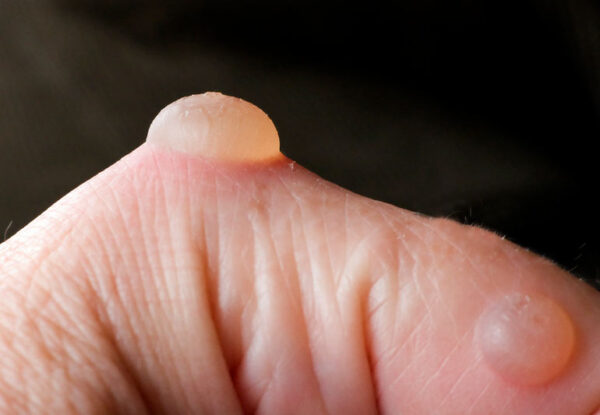Introduction
Dealing with skin issues can be a journey through the known and unknown, and among the myriad conditions, one that has puzzled both medical professionals and individuals is “Blisterata.” This article aims to provide a compassionate exploration of this mysterious skin disorder, touching upon its causes, symptoms, diagnosis, treatment options, and the human side of living with Blisterata.
Decoding Blisterata
Understanding the Enigma
At the heart of Blisterata lies a riddle – its unclear origins. Some cases are linked to underlying medical conditions, while others seem to appear without warning. The elusive nature of its etiology has left researchers with more questions than answers.
Symptoms and the Human Experience
Unveiling Blisterata
Imagine the sudden appearance of painful blisters on your hands, feet, or even mucous membranes. For those grappling with Blisterata, this is a familiar scenario. The blisters, filled with clear or slightly cloudy fluid, can be more than just physical; they carry an emotional weight.
Diverse Symptom Experiences
The human journey with Blisterata is diverse. Some face occasional flare-ups, while others endure chronic and debilitating symptoms. The variability in the severity and frequency of blister outbreaks adds another layer to this complex condition.
Causes and Vulnerabilities
Triggers and Unanswered Questions
Blisterata may be linked to autoimmune disorders, allergies, infections, or exposure to specific chemicals. Yet, in many instances, the exact cause remains a mystery, underscoring the gaps in our understanding.
Understanding Vulnerabilities
Certain individuals may find themselves more susceptible to Blisterata due to genetic predispositions or underlying health conditions. Unraveling these risk factors becomes crucial for effective management.
Navigating Diagnosis and Evaluation
Seeking a Human Touch
If you suspect Blisterata’s presence or face recurrent blistering, seeking the guidance of a dermatologist is essential. A journey that includes a physical examination and possibly skin biopsies becomes a step toward understanding and coping.
Beyond Skin-Deep Diagnoses
Blisterata’s ability to mimic other skin conditions emphasizes the importance of thorough evaluations. Correctly identifying the condition is key to avoiding delayed treatment and unnecessary discomfort.
Crafting Personalized Treatment Paths
Easing the Human Experience
For those with Blisterata, treatment goes beyond prescriptions – it involves easing symptoms and preventing blister formation. Topical ointments, antihistamines, and pain relievers offer relief and a semblance of normalcy.
Tackling Roots and Causes
In cases where Blisterata aligns with an underlying medical condition, such as an autoimmune disorder, addressing the root cause takes center stage. Immunosuppressive drugs may become companions in the journey to manage the condition effectively.
Embracing Lifestyle Adjustments
The human touch extends to lifestyle changes, with patients benefiting from avoiding triggers, donning protective clothing, and adopting meticulous skincare routines.
Nurturing Life with Blisterata
Embracing Support and Strategies
Living with Blisterata is a challenge, but it’s a challenge met with support networks and coping strategies. Connecting with others who share similar experiences becomes a source of valuable insights and emotional strength.
A Lifelong Journey
Regular check-ups with a dermatologist become waypoints in the lifelong journey with Blisterata, ensuring that adjustments to treatment plans align with the individual’s evolving needs.
Conclusion
In the tapestry of skin conditions, Blisterata stands out as a puzzle with no universal solution. Its enigmatic nature adds complexity to the lives of those touched by it. While a cure remains elusive, human-centric management strategies offer hope and significant improvement in the quality of life for those navigating the intricate paths of Blisterata.
